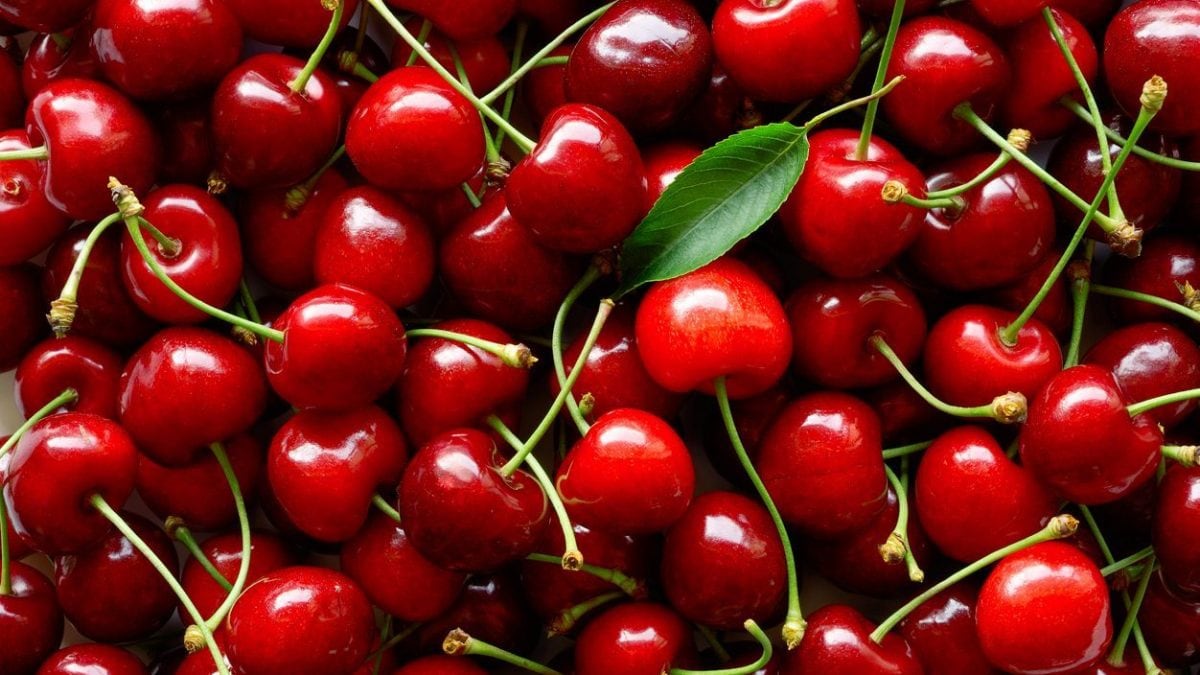
Finding fresh cherries at the grocery store or in our trusted fruit and vegetable shop means only one thing: the imminent arrival of the summer season. Although the cost is not exactly moderate (from 2 to 5 dollars for a pound), giving them up is almost impossible. The healthy summer snack good both after meals and as a snack. But be careful not to chew the stone in which there is hydrocyanic acid which, if ingested in large quantities, can have fatal effects on humans.
Be Careful With Cherry Pits (And Other Fruits' As Well)
Now you may be thinking that you will obviously avoid eating the pit of a cherry and that these recommendations probably seem superfluous to you. In fact, as a normal practice, the fruit's little stone is "discarded" after eating the pulp. You should know, however, that in reality, these recommendations will be very useful to you because even just chewing the stone (without necessarily ingesting it) could release the famous "poison" contained inside and encounter the dangerous toxin, called amygdalin which, in contact with the body, turns into cyanide and could have very serious effects on your health.

If the cherry stone is too ripe or damaged it could therefore contain hydrocyanic acid which has the ability to inhibit the exchange of oxygen between the blood and the cells. If taken in modest doses, therefore breaking it with the teeth, the risk is that of "mild" disorders such as stomach cramps, severe headaches, nausea and vomiting.
A whole, swallowed kernel is generally not dangerous, because the hard part prevents the release of the toxic substance: chewing or breaking multiple kernels can be risky, especially in children or in large quantities.

Even the stones of other fruits such as apricots, plums, black cherries, and peaches contain amygdalin, which is why it is advisable to be careful when eating them. So what dose is considered dangerous? Cyanide poisoning can occur if you ingest more than 1.5 mg of amygdalin per kilo of body weight. If a person weighs about 70 kilos, they will have to ingest at least 90mg of cyanide, and in a cherry, there are about 4 mg of amygdalin (10-20 broken stones).
;Resize,width=767;)
